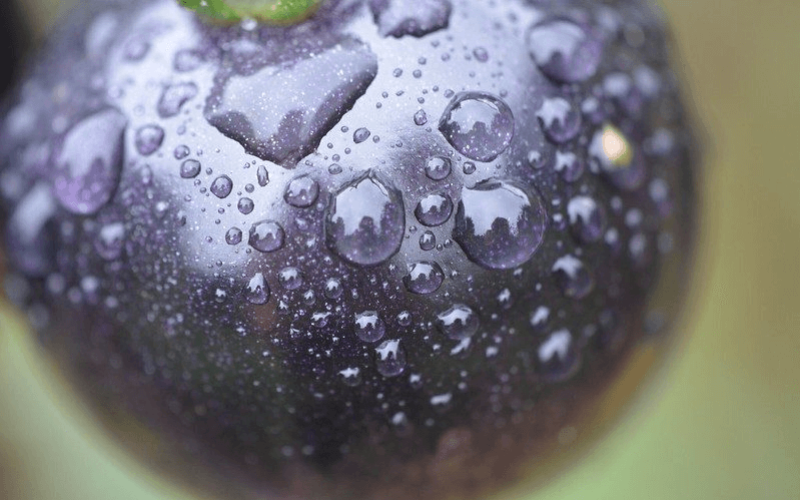[Norfolk Healthy Produce’s Purple Tomato is] the culmination of nearly two decades of work, mostly on the part of Cathie Martin, a professor of plant sciences at University of East Anglia in the U.K. and a researcher at the John Innes Centre, Norwich. In a 2021 interview with The New York Times, Martin said, “There’s just so much baggage around anything genetically modified. I’m not trying to make money. I’m worried about people’s health! But in people’s minds it’s all Dr. Frankenstein and trying to rule the world.”
“People think that we sit here with syringes and inject pesticides and horrible things into the fruit that they’re going to eat and that’s very far from the truth,” says [Norfolk Healthy Produce CEO Nathan] Pumplin. In the case of the Purple Tomato, bacteria were used to insert two snapdragon genes into tomato plants, which then reproduced naturally for several generations. “At the end of the day, we’re still breeding plants and farming the way that people have done for thousands of years. We’ve just added a little biotechnology piece.”
…
At present, GMO crops need to make it through a serious amount of red tape in order to get to market. Although Martin successfully made her purple tomatoes in 2008, it took another 14 years to get USDA approval. Norfolk’s Purple Tomato will begin rolling out at select locations around the U.S. this year, with the aim for a wider distribution by 2025.































